Practical Exam
1/20
There's no tags or description
Looks like no tags are added yet.
Name | Mastery | Learn | Test | Matching | Spaced |
|---|
No study sessions yet.
21 Terms
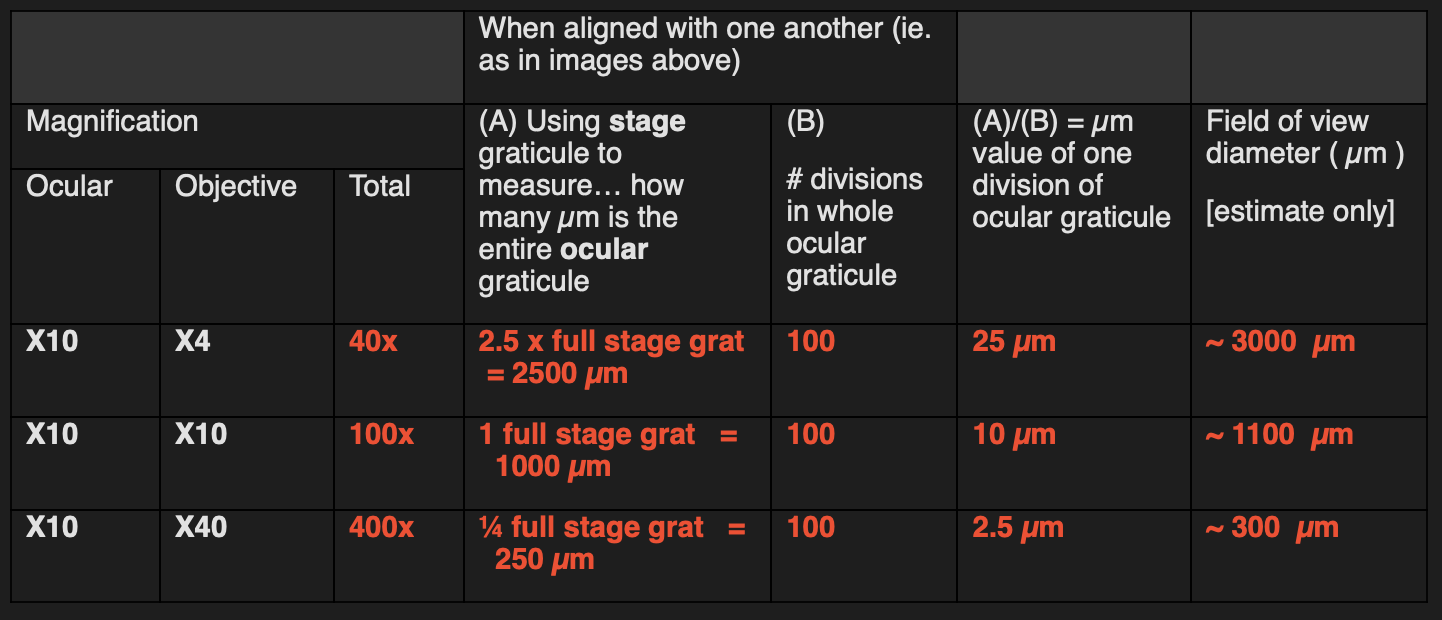
How many nanometres is each division on an ocular graticule under a 4x objective?
4x objective, each division on ocular is 25 nm
How many nanometres is each division on an ocular graticule under a 10x objective?
10x objective, each division on ocular is 10nm
How many nanometres is each division on an ocular graticule under a 40x objective?
40x objective, each division on ocular is 2.5nm
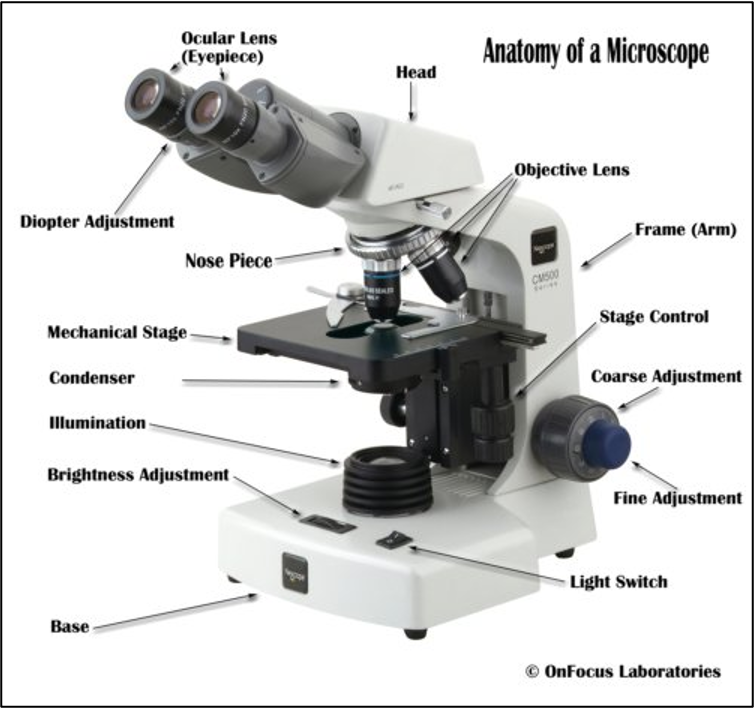
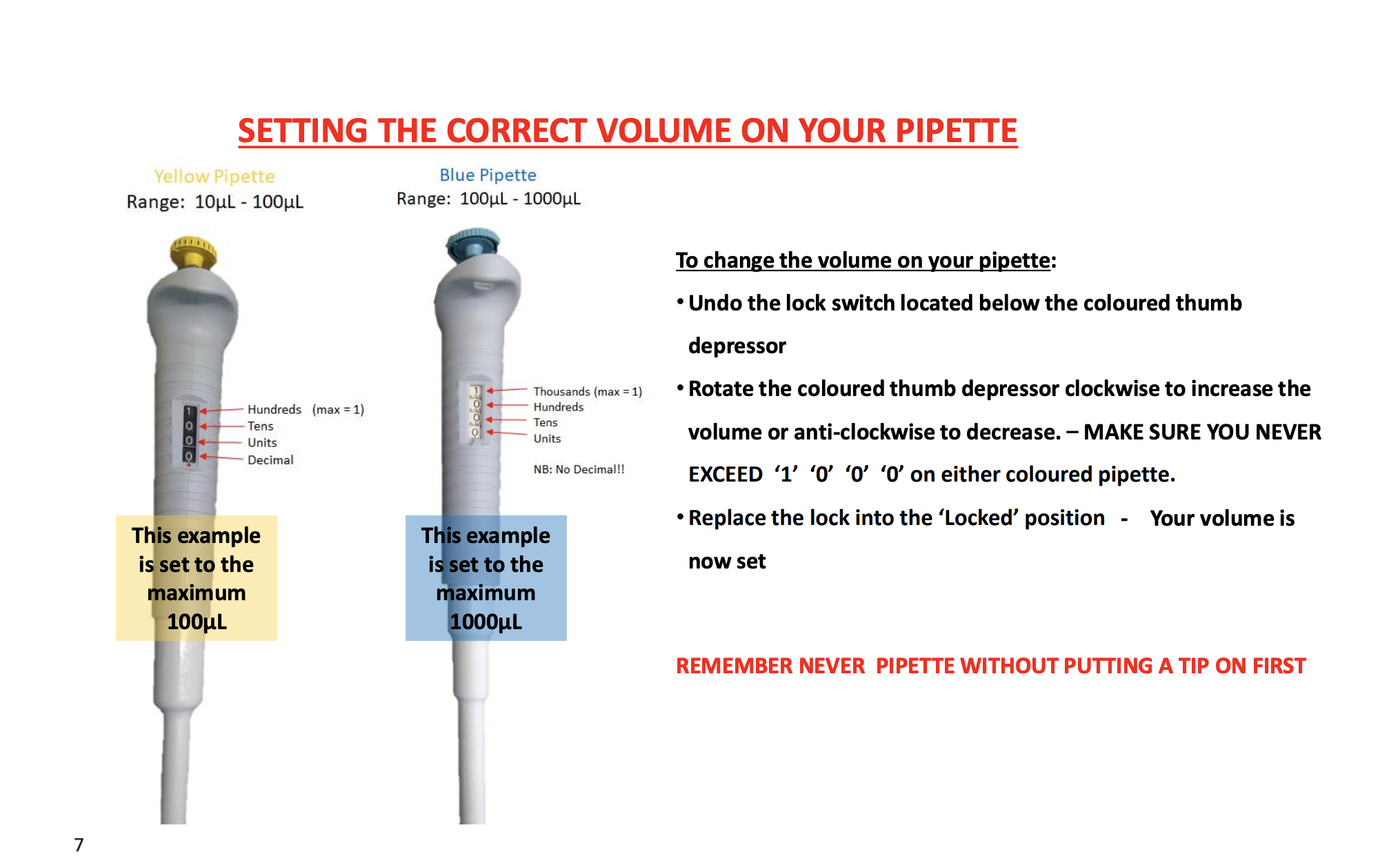
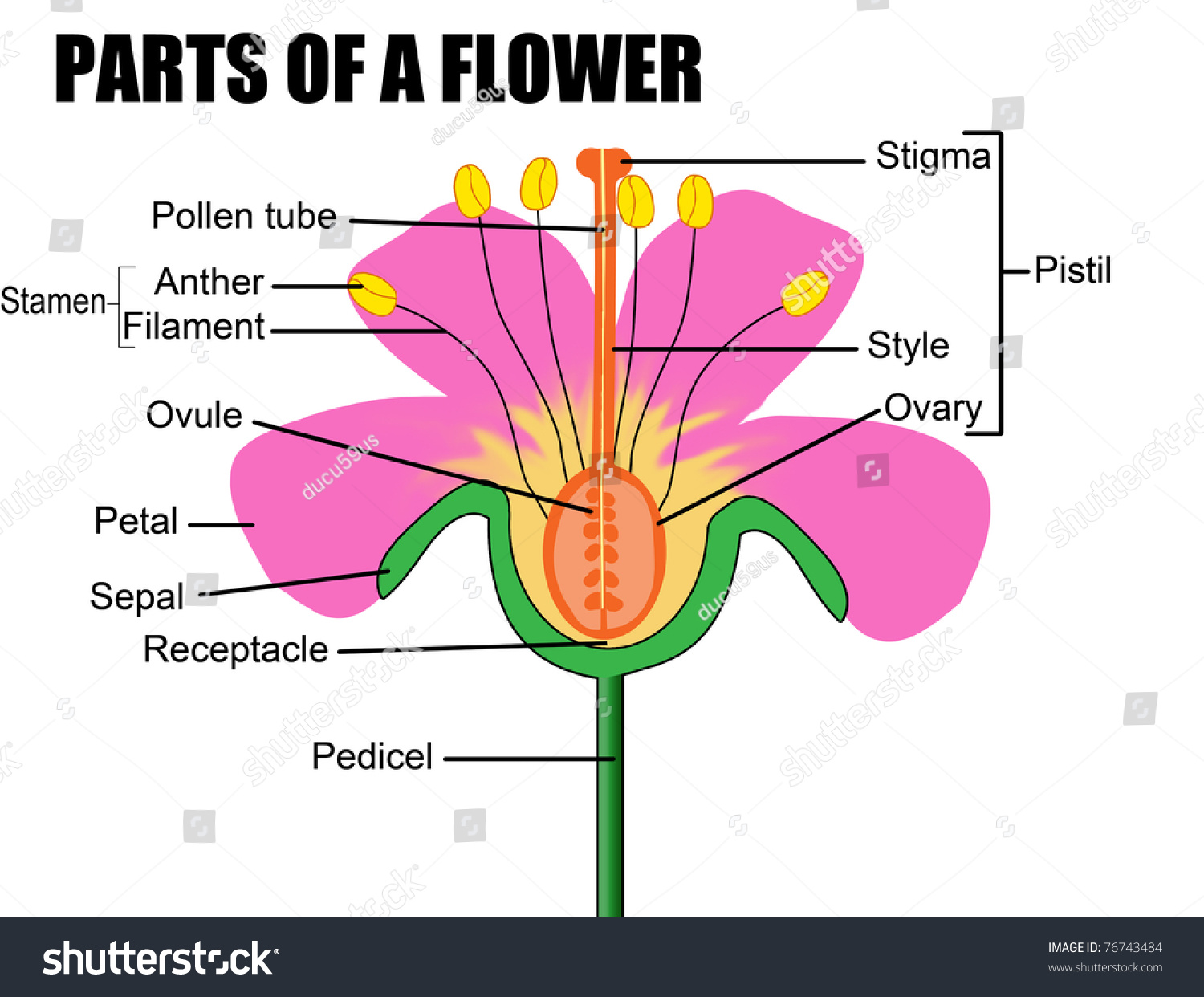

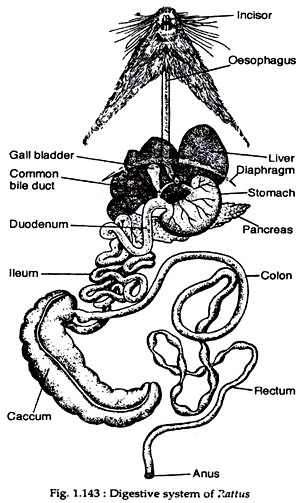
LIVER
Cleans your blood, makes bile (for digestion), and stores energy.
KIDNEYS:
Filter waste from your blood and make pee.
SPLEEN:
Helps fight infections and filters old blood cells.
PANCREAS:
Makes enzymes to digest food and hormones like insulin (for blood sugar).
DUODENUM:
The first part of the small intestine where lots of digestion happens.
ILEUM:
The last part of the small intestine where nutrients are absorbed into the blood.
CAECUM:
A pouch at the start of the large intestine, important for some digestion (especially in herbivores). It plays a crucial role in the fermentation of plant material
VERMIFORM APPENDIX:
A small pouch attached to the caecum, its exact function isn't fully clear but it might have a role in immunity.
COLON:
The large intestine, it absorbs water and electrolytes from leftover food and forms stool.
Small Intestine:
This is the primary site for chemical digestion and nutrient absorption.
Large Intestine:
Consists of the cecum, colon, and rectum. Its main functions include water reabsorption and the formation of feces